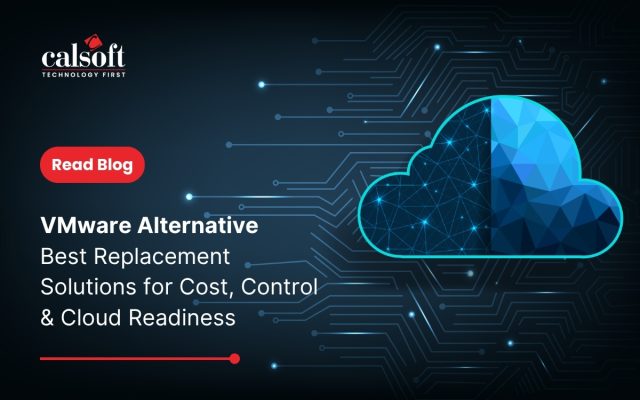We hand-picked top storage technologies that are ready to take their place and have an impact on your data center in 2014.
Flash Storage: Now a Mainstream.
The NVMe Work Group is developing an industry-standard PCI Express host controller interface to optimize how PCIe flash devices interact in storage systems. Another interesting advancement is around 3D Flash Memory which underpins vertical stacking technology to overcome the impending physical limitations and disadvantages of reducing flash’s planar die size.Hyper-converged storage: The Next Big Thing
Storage complexity and management will pave way to a new breed of storage systems called hyper-converged storage systems that will be all-in-one products evolving from converged systems that include storage, networking and compute, but also pack in a hypervisor. Hyper-converged storage will ease storage provisioning via a management portal, so the need to map LUNs and volumes is eliminated.
SDx: All things Software Defined
The global SDDC market is expected to grow to $5.41 billion in 2018. With the advent of Software Defined Data Centers, enterprises eye at getting rid of rising demand for resource pooling, simplification in networking and overall management of data centers. Prominent vendors in the SDDC space are VMware, HP, EMC, and IBM, while companies such as 6WIND, Pica8 and Coraid will emerge as the key innovators in this space.
Adoption of Cloud Storage: More Than Ever.
In 2014, flexibility, simplicity, fault tolerance will be the major hurdles that enterprises want control on in their data centers. SMBs will not lag behind when it comes to Cloud Storage, is what Symantec 2013 Avoiding the Hidden Costs of the Cloud survey has revealed.
Backup appliances and Dedup: Changing Trends.
Conceptually, dedupe helps extend the usable capacity for expensive solid-state drives, while the speed of SSD makes inline dedupe work well enough to be viable in a production environment. But the real drivers for data dedup are Cloud and Virtualization that play important roles in data shrinking and pushing it via networks to public cloud. In 2014, users will look at ‘primary dedup’ while buying storage.
SDDC, remote work locations and VM integration shall be prime reasons for increased demand of all-in-one backup appliances that is expected in 2014. Asigra, StorServer, Unitrends are few vendors who already offer turnkey backup solutions.
Write to us at marketing@calsoftinc.com






